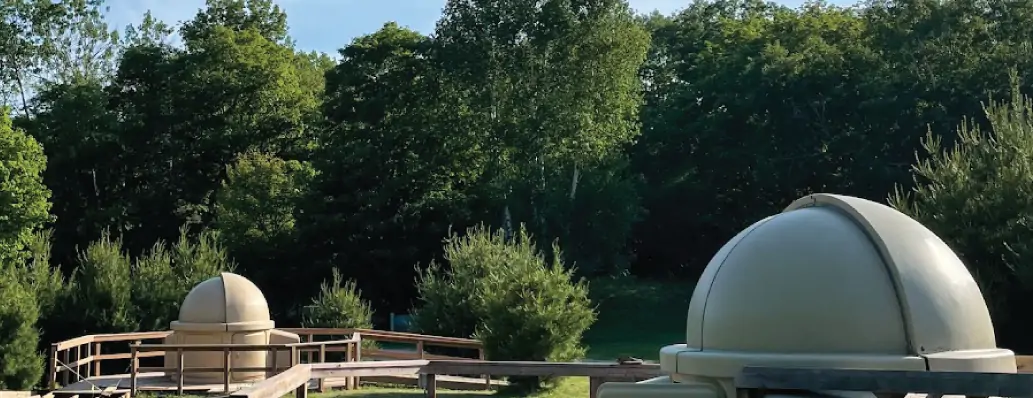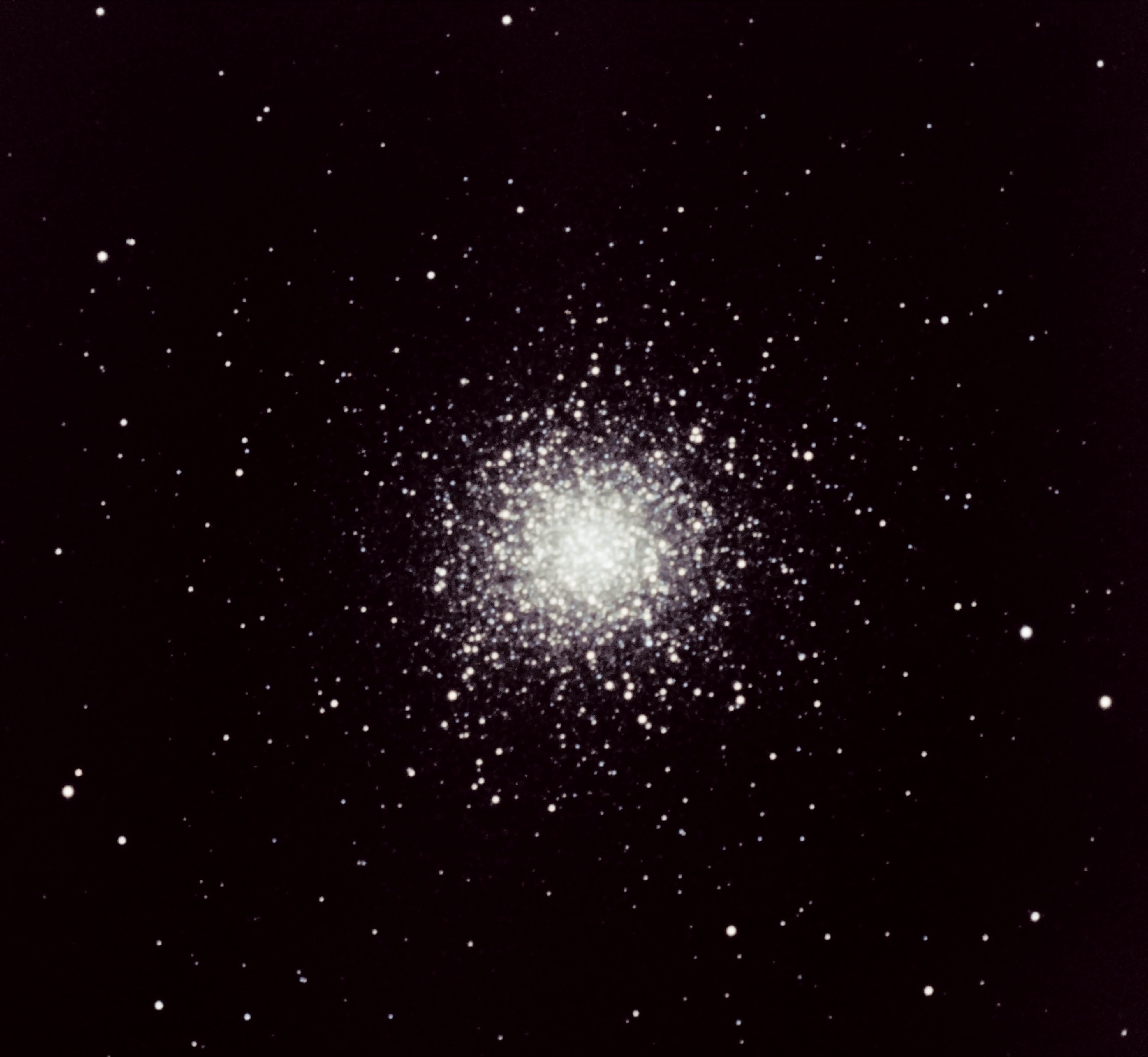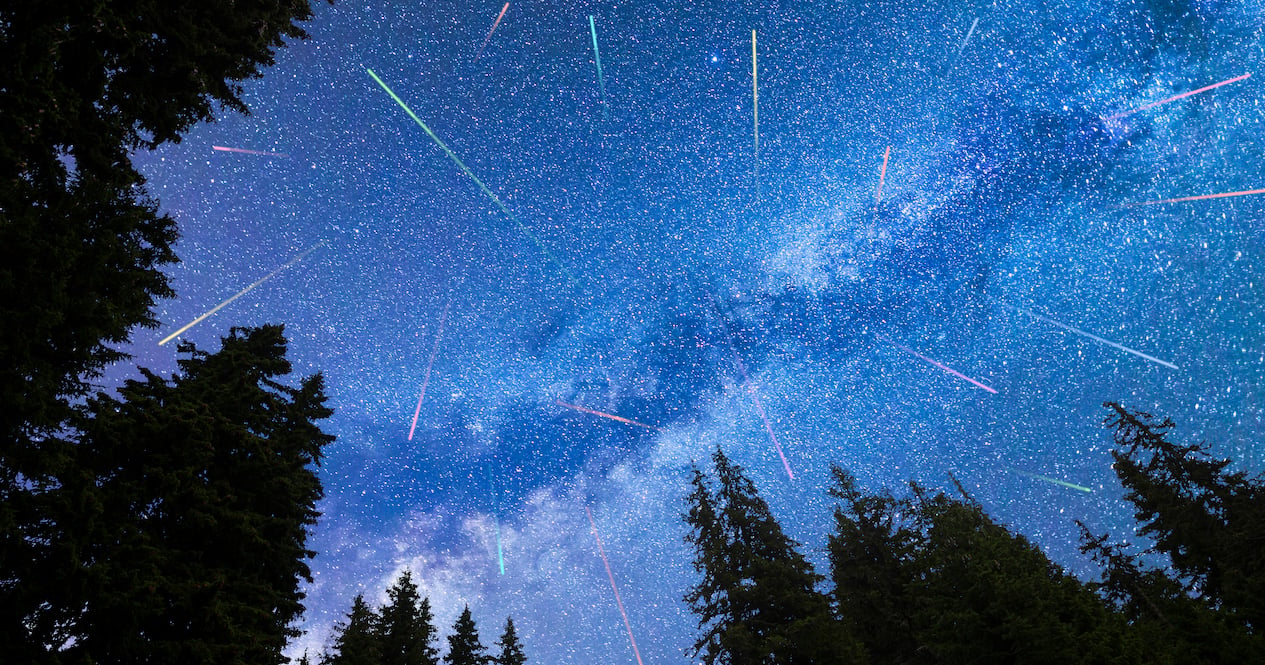Science
NASA picks SpaceX Falcon Heavy for $332M mission to launch lunar Gateway components in 2024 – Yahoo Movies Canada
GlobeNewswire
Laparoscopy and Endoscopy Devices Market Size Worth USD 28.30 Billion by 2027 | Growing Demand for Minimally Invasive Surgery is One of the Significant Factors Influencing the Industry Growth, says Emergen Research
Key participants in Laparoscopy and Endoscopy Devices Marke include Stryker Corporation, Fujifilm, Smith & Nephew PLC, Cook Medical, Boston Scientific, B. Braun Melsungen, Olympus, Medtronic, Karl Storz, and Hoya Corporation, among others.Vancouver, British Columbia, Feb. 10, 2021 (GLOBE NEWSWIRE) — The global laparoscopy and endoscopy devices market is projected to be worth USD 28.30 Billion by 2027growing at a CAGR of 4.3%, according to a current analysis by Emergen Research. The laparoscopy and endoscopy devices market is observing high demand attributed to the increasing demand for minimally invasive surgery. Minimally invasive surgery comprises a faster recovery time, shorter stay span at the hospital, and a decreased chance of post-surgery infections. Also, surging demand for keyhole surgery is a significant factor in driving the laparoscopy devices market growth attributed to its benefits comprising shorter stay at the hospital, quicker recovery time, reduced pain & bleeding post-surgery, and less scarring. Claim Your FREE Sample Copy with Table of content@ https://www.emergenresearch.com/request-sample-form/298 Technological advancements in the laparoscopy and endoscopy devices market are crucial in fueling market demand. For instance, single-port laparoscopy, recent technology in laparoscopic surgery, as compared to multiport technology, offers various benefits such as excellent cosmesis, a plausible reduction in morbidity associated with visceral and vascular injury occurring at the time of trocar placement, and reduced risk of wound infection after the operation. Top Companies Profiled in Laparoscopy and Endoscopy Devices Market Report are: Stryker Corporation, Fujifilm, Smith & Nephew PLC, Cook Medical, Boston Scientific, B. Braun Melsungen, Olympus, Medtronic, Karl Storz, and Hoya Corporation, among others. Key Highlights From The Report In July 2020, Hoya Corporation entered into a contract agreement with Hitachi, Ltd. about EUS (Endoscopic Ultrasound Systems) to strengthen technical cooperation. Hitachi would carry on to supply diagnostic ultrasound systems and sensors implemented in EUS.Demand for disposable endoscopes is garnering substantial traction in the market owing to the risk of contamination to the patients.Laparoscopy has witnessed significant demand in bariatric surgery due to its advantage in reducing complications associated with injuries and enhance patient recovery.Players in the market engaging in a strategic alliance to gain a competitive edge in the market. For instance, in May 2019, Cook Medical entered into a collaborative partnership with Ambu A/S to cater to the concerns arising out of infection caused by endoscopy surgeries.Europe held the second-largest laparoscopy and endoscopy devices market share in 2019 due to the growing incidence of chronic diseases and surging demand for laparoscopy and endoscopy devices in the developed economies in the region. Check Our Prices@ https://www.emergenresearch.com/select-license/298Emergen Research has segmented the global laparoscopy and endoscopy devices market on the basis of device type, application, end-users, and region: Device Type Outlook (Revenue, USD Billion; 2017-2027) Laparoscopy DeviceEndoscopy Device Application Outlook (Revenue, USD Billion; 2017-2027) Gastrointestinal SurgeryCardiac SurgeryGynecology SurgeryOrthopedic SurgeryUrologic SurgeryNeurological SurgeryOthers End Users Outlook (Revenue, USD Billion; 2017-2027) Hospitals & ClinicsAmbulatory Surgical CentersOthers Click to access the Report Study, Read key highlights of the Report and Look at Projected Trends: https://www.emergenresearch.com/industry-report/laparoscopy-and-endoscopy-devices-market Regional Outlook (Revenue, USD Billion; 2017-2027) North America U.S.CanadaMexico Europe GermanyUKFranceBENELUXRest of Europe Asia Pacific ChinaJapanSouth KoreaRest of APAC Latin America BrazilRest of LATAM MEA Saudi ArabiaUAERest of MEA Take a Look at our Related Reports: Topical Drug Delivery Market By Product Form (Semi-Solid, Solid Formulations, Transdermal Products, and Liquid Formulations), By Route (Dermal, Ophthalmic, Nasal, Others), By End-Use (Hospitals, Home Healthcare, Clinics, Diagnostic Centers, Burn Center), and By Regions Medical Smart Textiles Market By Technology (Textile Sensors, Wearable Technology), By Application (Surgery, Bio-Monitoring, Therapy, and Wellness), By End-use (Hospitals and Clinics, Medical Academic and Research Center), and By Region Operating Room Management Solutions Market By Solution Type (Data management and communication solutions, Operating room supply management solutions, Anesthesia information management solutions, Operating room scheduling solutions, Performance management solutions), By Mode of Deployment (Ob-premises, Cloud-based), By End-Use (Hospitals, Ambulatory surgical centers), and By Region Patient Registry Software Market By Delivery, By Database, By Registry Type, By Function, By Software Type (Integrated, Standalone), By End-use (Government & Third-Party Administrators, Pharmaceutical Companies, Hospitals, Research Centers, Others), and By Region, Forecast to 2027 Ambulatory EHR Market By Deployment (Cloud-based, On-premises), By Practice Size (Solo Practices, Large Practices, Small-medium-sized Practices), By Application, By End-use (Independent Centers, Hospital-owned Ambulatory Centers, Others), and By Region, Forecasts to 2027 About Emergen Research Emergen Research is a market research and consulting company that provides syndicated research reports, customized research reports, and consulting services. Our solutions purely focus on your purpose to locate, target, and analyze consumer behavior shifts across demographics, across industries, and help clients make smarter business decisions. We offer market intelligence studies ensuring relevant and fact-based research across multiple industries, including Healthcare, Touch Points, Chemicals, Types, and Energy. We consistently update our research offerings to ensure our clients are aware of the latest trends existent in the market. Emergen Research has a strong base of experienced analysts from varied areas of expertise. Our industry experience and ability to develop a concrete solution to any research problems provides our clients with the ability to secure an edge over their respective competitors. Contact Us: Eric Lee Corporate Sales Specialist Emergen Research | Web: www.emergenresearch.com Direct Line: +1 (604) 757-9756 E-mail: sales@emergenresearch.com Facebook | LinkedIn | Twitter | Blogs Read Full Press Release: https://www.emergenresearch.com/press-release/global-laparoscopy-and-endoscopy-devices-market
Science
Asteroid Apophis will visit Earth in 2029, and this European satellite will be along for the ride

The European Space Agency is fast-tracking a new mission called Ramses, which will fly to near-Earth asteroid 99942 Apophis and join the space rock in 2029 when it comes very close to our planet — closer even than the region where geosynchronous satellites sit.
Ramses is short for Rapid Apophis Mission for Space Safety and, as its name suggests, is the next phase in humanity’s efforts to learn more about near-Earth asteroids (NEOs) and how we might deflect them should one ever be discovered on a collision course with planet Earth.
In order to launch in time to rendezvous with Apophis in February 2029, scientists at the European Space Agency have been given permission to start planning Ramses even before the multinational space agency officially adopts the mission. The sanctioning and appropriation of funding for the Ramses mission will hopefully take place at ESA’s Ministerial Council meeting (involving representatives from each of ESA’s member states) in November of 2025. To arrive at Apophis in February 2029, launch would have to take place in April 2028, the agency says.
This is a big deal because large asteroids don’t come this close to Earth very often. It is thus scientifically precious that, on April 13, 2029, Apophis will pass within 19,794 miles (31,860 kilometers) of Earth. For comparison, geosynchronous orbit is 22,236 miles (35,786 km) above Earth’s surface. Such close fly-bys by asteroids hundreds of meters across (Apophis is about 1,230 feet, or 375 meters, across) only occur on average once every 5,000 to 10,000 years. Miss this one, and we’ve got a long time to wait for the next.
When Apophis was discovered in 2004, it was for a short time the most dangerous asteroid known, being classified as having the potential to impact with Earth possibly in 2029, 2036, or 2068. Should an asteroid of its size strike Earth, it could gouge out a crater several kilometers across and devastate a country with shock waves, flash heating and earth tremors. If it crashed down in the ocean, it could send a towering tsunami to devastate coastlines in multiple countries.
Over time, as our knowledge of Apophis’ orbit became more refined, however, the risk of impact greatly went down. Radar observations of the asteroid in March of 2021 reduced the uncertainty in Apophis’ orbit from hundreds of kilometers to just a few kilometers, finally removing any lingering worries about an impact — at least for the next 100 years. (Beyond 100 years, asteroid orbits can become too unpredictable to plot with any accuracy, but there’s currently no suggestion that an impact will occur after 100 years.) So, Earth is expected to be perfectly safe in 2029 when Apophis comes through. Still, scientists want to see how Apophis responds by coming so close to Earth and entering our planet’s gravitational field.
“There is still so much we have yet to learn about asteroids but, until now, we have had to travel deep into the solar system to study them and perform experiments ourselves to interact with their surface,” said Patrick Michel, who is the Director of Research at CNRS at Observatoire de la Côte d’Azur in Nice, France, in a statement. “Nature is bringing one to us and conducting the experiment itself. All we need to do is watch as Apophis is stretched and squeezed by strong tidal forces that may trigger landslides and other disturbances and reveal new material from beneath the surface.”
By arriving at Apophis before the asteroid’s close encounter with Earth, and sticking with it throughout the flyby and beyond, Ramses will be in prime position to conduct before-and-after surveys to see how Apophis reacts to Earth. By looking for disturbances Earth’s gravitational tidal forces trigger on the asteroid’s surface, Ramses will be able to learn about Apophis’ internal structure, density, porosity and composition, all of which are characteristics that we would need to first understand before considering how best to deflect a similar asteroid were one ever found to be on a collision course with our world.
Besides assisting in protecting Earth, learning about Apophis will give scientists further insights into how similar asteroids formed in the early solar system, and, in the process, how planets (including Earth) formed out of the same material.
One way we already know Earth will affect Apophis is by changing its orbit. Currently, Apophis is categorized as an Aten-type asteroid, which is what we call the class of near-Earth objects that have a shorter orbit around the sun than Earth does. Apophis currently gets as far as 0.92 astronomical units (137.6 million km, or 85.5 million miles) from the sun. However, our planet will give Apophis a gravitational nudge that will enlarge its orbit to 1.1 astronomical units (164.6 million km, or 102 million miles), such that its orbital period becomes longer than Earth’s.
It will then be classed as an Apollo-type asteroid.
Ramses won’t be alone in tracking Apophis. NASA has repurposed their OSIRIS-REx mission, which returned a sample from another near-Earth asteroid, 101955 Bennu, in 2023. However, the spacecraft, renamed OSIRIS-APEX (Apophis Explorer), won’t arrive at the asteroid until April 23, 2029, ten days after the close encounter with Earth. OSIRIS-APEX will initially perform a flyby of Apophis at a distance of about 2,500 miles (4,000 km) from the object, then return in June that year to settle into orbit around Apophis for an 18-month mission.
Related Stories:
Furthermore, the European Space Agency still plans on launching its Hera spacecraft in October 2024 to follow-up on the DART mission to the double asteroid Didymos and Dimorphos. DART impacted the latter in a test of kinetic impactor capabilities for potentially changing a hazardous asteroid’s orbit around our planet. Hera will survey the binary asteroid system and observe the crater made by DART’s sacrifice to gain a better understanding of Dimorphos’ structure and composition post-impact, so that we can place the results in context.
The more near-Earth asteroids like Dimorphos and Apophis that we study, the greater that context becomes. Perhaps, one day, the understanding that we have gained from these missions will indeed save our planet.

Science
McMaster Astronomy grad student takes a star turn in Killarney Provincial Park

Astronomy PhD candidate Veronika Dornan served as the astronomer in residence at Killarney Provincial Park. She’ll be back again in October when the nights are longer (and bug free). Dornan has delivered dozens of talks and shows at the W.J. McCallion Planetarium and in the community. (Photos by Veronika Dornan)
BY Jay Robb, Faculty of Science
July 16, 2024
Veronika Dornan followed up the April 8 total solar eclipse with another awe-inspiring celestial moment.
This time, the astronomy PhD candidate wasn’t cheering alongside thousands of people at McMaster — she was alone with a telescope in the heart of Killarney Provincial Park just before midnight.
Dornan had the park’s telescope pointed at one of the hundreds of globular star clusters that make up the Milky Way. She was seeing light from thousands of stars that had travelled more than 10,000 years to reach the Earth.
This time there was no cheering: All she could say was a quiet “wow”.
Dornan drove five hours north to spend a week at Killarney Park as the astronomer in residence. part of an outreach program run by the park in collaboration with the Allan I. Carswell Observatory at York University.
Dornan applied because the program combines her two favourite things — astronomy and the great outdoors. While she’s a lifelong camper, hiker and canoeist, it was her first trip to Killarney.
Bruce Waters, who’s taught astronomy to the public since 1981 and co-founded Stars over Killarney, warned Dornan that once she went to the park, she wouldn’t want to go anywhere else.
The park lived up to the hype. Everywhere she looked was like a painting, something “a certain Group of Seven had already thought many times over.”
She spent her days hiking the Granite Ridge, Crack and Chikanishing trails and kayaking on George Lake. At night, she went stargazing with campers — or at least tried to. The weather didn’t cooperate most evenings — instead of looking through the park’s two domed telescopes, Dornan improvised and gave talks in the amphitheatre beneath cloudy skies.
Dornan has delivered dozens of talks over the years in McMaster’s W.J. McCallion Planetarium and out in the community, but “it’s a bit more complicated when you’re talking about the stars while at the same time fighting for your life against swarms of bugs.”
When the campers called it a night and the clouds parted, Dornan spent hours observing the stars. “I seriously messed up my sleep schedule.”
She also gave astrophotography a try during her residency, capturing images of the Ring Nebula and the Great Hercules Cluster.

“People assume astronomers take their own photos. I needed quite a lot of guidance for how to take the images. It took a while to fiddle with the image properties, but I got my images.”
Dornan’s been invited back for another week-long residency in bug-free October, when longer nights offer more opportunities to explore and photograph the final frontier.
She’s aiming to defend her PhD thesis early next summer, then build a career that continues to combine research and outreach.
“Research leads to new discoveries which gives you exciting things to talk about. And if you’re not connecting with the public then what’s the point of doing research?”

Science
Where in Vancouver to see the ‘best meteor shower of the year’

Eyes to the skies, Vancouver, because between now and September 1st, stargazers can witness the ‘best meteor shower of the year’ according to NASA.
Known for its “long wakes of light and colour,” the Perseid Meteor Shower will peak on August 12th, 2024 – so consider this list a great place to start if you’re in search of a prime stargazing spots!
Grab your lawn chairs and blankets, and seek as little light pollution as possible. Here are some ideal stargazing spots to check out in and around Vancouver this summer.
Recent Posts:
This island with clear waters has one of the prettiest towns in BC
10 beautiful lake towns to visit in BC this summer
Wreck Beach
If you’re willing to brave the stairs and the regulars, it doesn’t get much better than Wreck Beach for watching the skies – for both sunsets and stargazing. The west-facing views practically eliminate immediate distractions from the city lights.
Spanish Banks Park
Spanish Banks is the perfect mixture of convenience and quality. Its location offers unobstructed views of the skies above, and it’s far enough away from downtown to mitigate some of the light pollution.
Burnaby Mountain Park
If it’s good enough for a university observatory, it’s good enough for us. Pretty much anywhere on Burnaby Mountain will offer tremendous viewpoints, but the higher you get the better (safely).
Porteau Cove
A short drive from Vancouver gets you incredible views of the Howe Sound from directly on the water. And naturally, its distance from any nearby community makes it a prime spot for stargazing.
Cypress Mountain
In addition to having one of the best viewpoints in Vancouver period, Cypress Mountain (and the road up to it) is also a great place to watch the sky. For a double-whammy, we say that you come around sunset, then hang out while the sky gets dark. Sure, it might take a few hours, but the view is worth it.
So there you have it, stargazers! Get ready to witness a dazzling show this summer.

-

 News23 hours ago
News23 hours agoCompanies take stock of rail shutdown’s hit to economy — and bottom lines
-

 News17 hours ago
News17 hours agoFeds identify 56 government properties for conversion to affordable housing
-

 News23 hours ago
News23 hours agoIsrael and Hezbollah trade heavy fire before pulling back, jolting a region braced for war
-

 News16 hours ago
News16 hours agoMontreal commuter lines halted by rail shutdown to run again starting Monday: Exo
-

 News23 hours ago
News23 hours agoFeds to take steps on housing promises ahead of cabinet retreat in Halifax
-

 News18 hours ago
News18 hours agoDid Taylor Swift create a new era for food bank donations?
-

 News19 hours ago
News19 hours agoBabe Ruth’s ‘called shot’ jersey sells at auction for over $24 million
-

 News18 hours ago
News18 hours agoLando Norris beats Max Verstappen to win the Dutch Grand Prix and cut standings gap





















